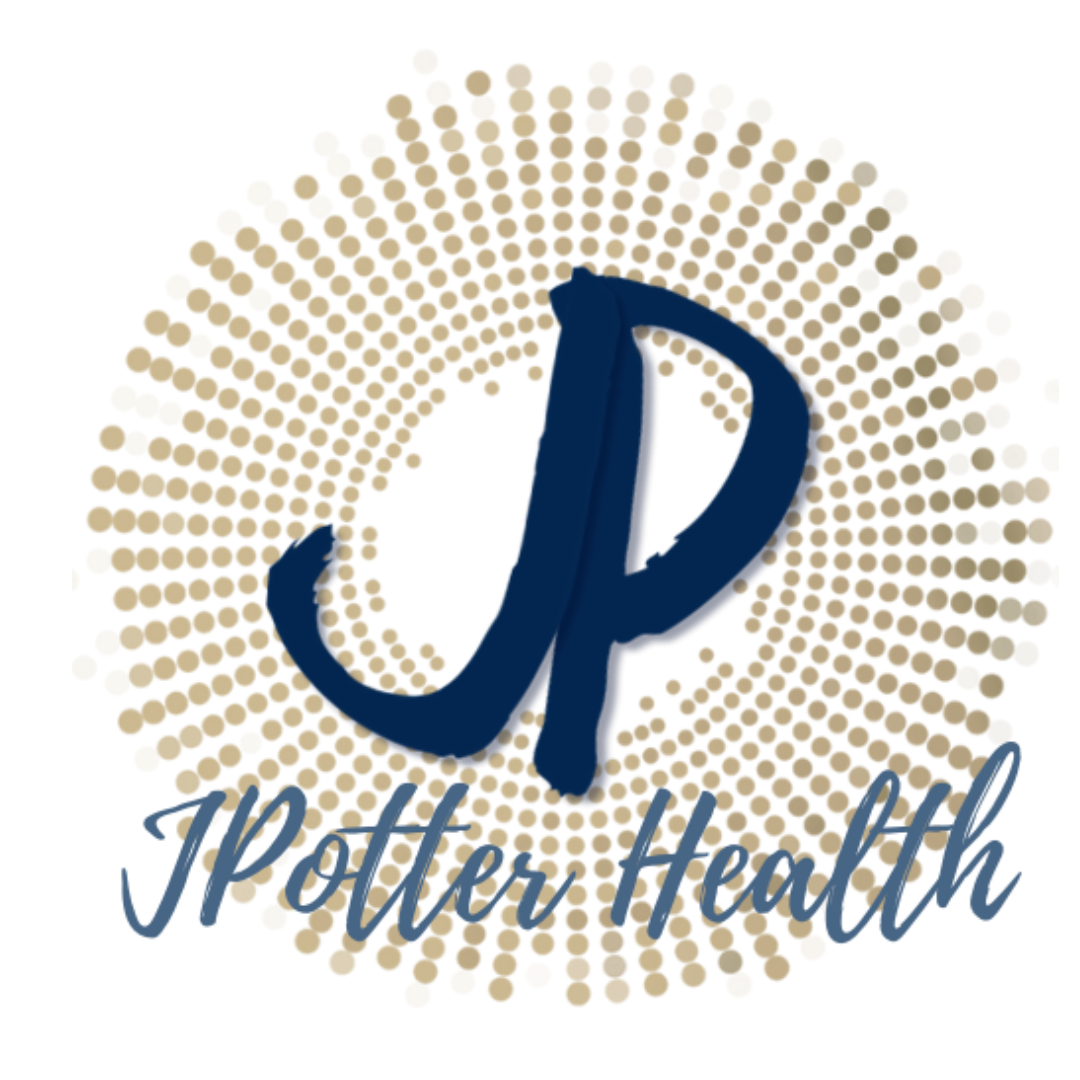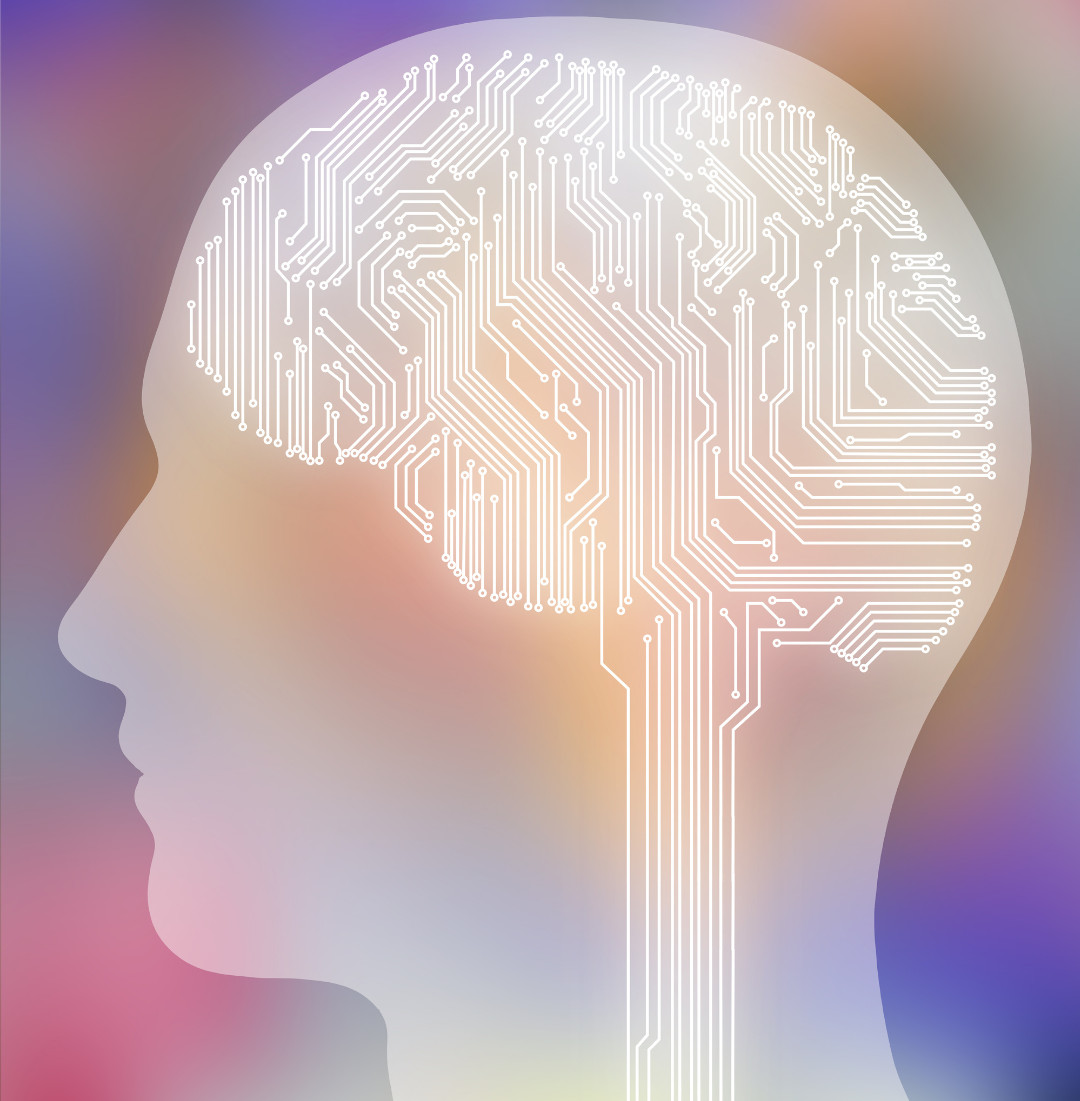
December is a month of striking contrasts—festive celebrations on the surface and hidden stressors beneath that place a real burden on the nervous system. Behind the lights, gatherings, and holiday expectations lies a measurable neurobiological shift known as the December Integration Cycle. During this time, key brain networks work overtime: the Default Mode Network increases reflection and emotional sensitivity, the Prefrontal Cortex becomes overloaded by holiday demands and year-end responsibilities, and the Limbic System processes unresolved emotions and micro-grief. Shorter daylight further disrupts serotonin and circadian rhythms, intensifying fatigue, anxiety, and introspection.
Understanding these seasonal brain changes is the first step toward reducing December stress, supporting emotional regulation, and entering the new year with clarity and balance. With gentle, science-backed strategies, you can navigate holiday overwhelm, protect your mental health, and work with your nervous system—not against it. This guide reveals how to move through December’s unique biological rhythms with greater resilience, self-compassion, and insight.

In a coaching session, the journey from overwhelm to clarity can be transformative. A client enters the room with a polished exterior, masking the storm of emotions within. As the session unfolds, the coach observes subtle shifts in the client's demeanor, from rehearsed narratives to raw, emotional revelations, highlighting the power of being truly seen and heard.
The coach's role is not to provide immediate solutions but to hold up a mirror to the client's internal patterns. By staying present and allowing the client to express unspoken feelings, the coach helps them navigate the storm of emotions. This process of witnessing and naming the winds of the storm—tiredness, frustration, loneliness—enables the client to gain awareness and begin to calm the turmoil within.
Through this experience, the client discovers that the answers they seek are already inside them. By naming their feelings and identifying small, actionable steps, such as resting or reaching out to a friend, they can start to regain control. The coaching session empowers the client to stand steadier, no longer alone in their storm, but equipped with the tools to face it.
Read more...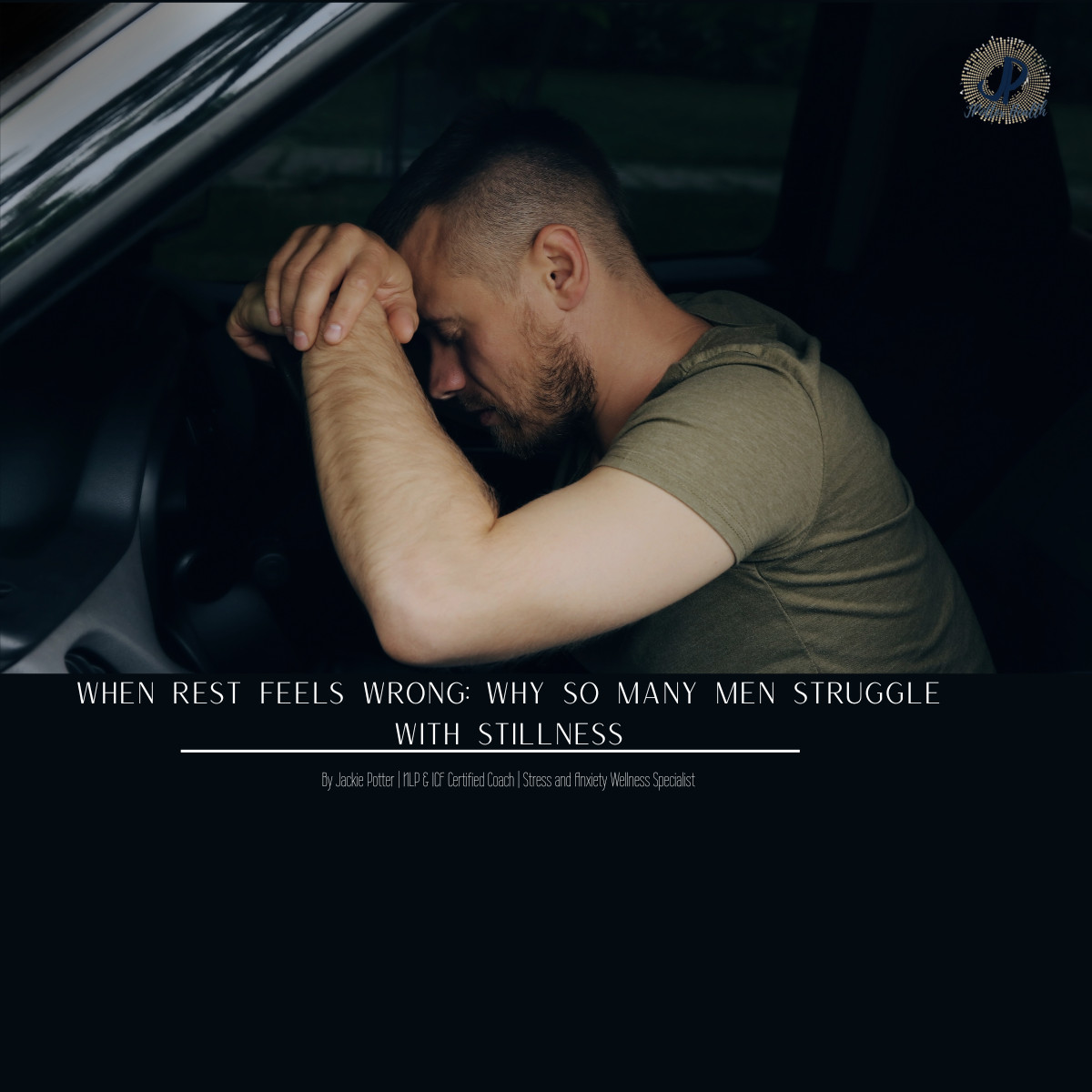
The blog post explores the silent struggle many men face in balancing life’s demands, where the constant buzz of work and family leaves little room for genuine rest. This pressure-filled phase of life often creates a skewed belief that staying busy equals worthiness, while stillness is mistakenly viewed as risky. By delving into the science behind this discomfort, the post uncovers how the brain misinterprets rest as a threat, pushing individuals to relentlessly achieve and proving that relaxation often feels unnerving.
Highlighting that stillness is not a sign of weakness, the post advocates for embracing moments of calm as a form of strength. It challenges the ingrained belief that one’s value is tied solely to productivity, encouraging readers to recognize that true resilience comes from being present and allowing oneself to slow down. By offering strategies to manage anxiety and promote calm, such as catching the urge to remain busy and practicing bilateral grounding, the post empowers individuals to see rest as an ally, not an adversary.
Finally, the piece invites readers to reconsider their relationship with productivity, emphasizing that self-worth surpasses output and achievements. It serves as a poignant reminder that strength is found in embracing stillness and recognizing one's inherent value beyond the race of life. The post encourages readers to share this insight with men who may benefit from understanding that their worth, even in moments of silence, remains unshaken.
Read more...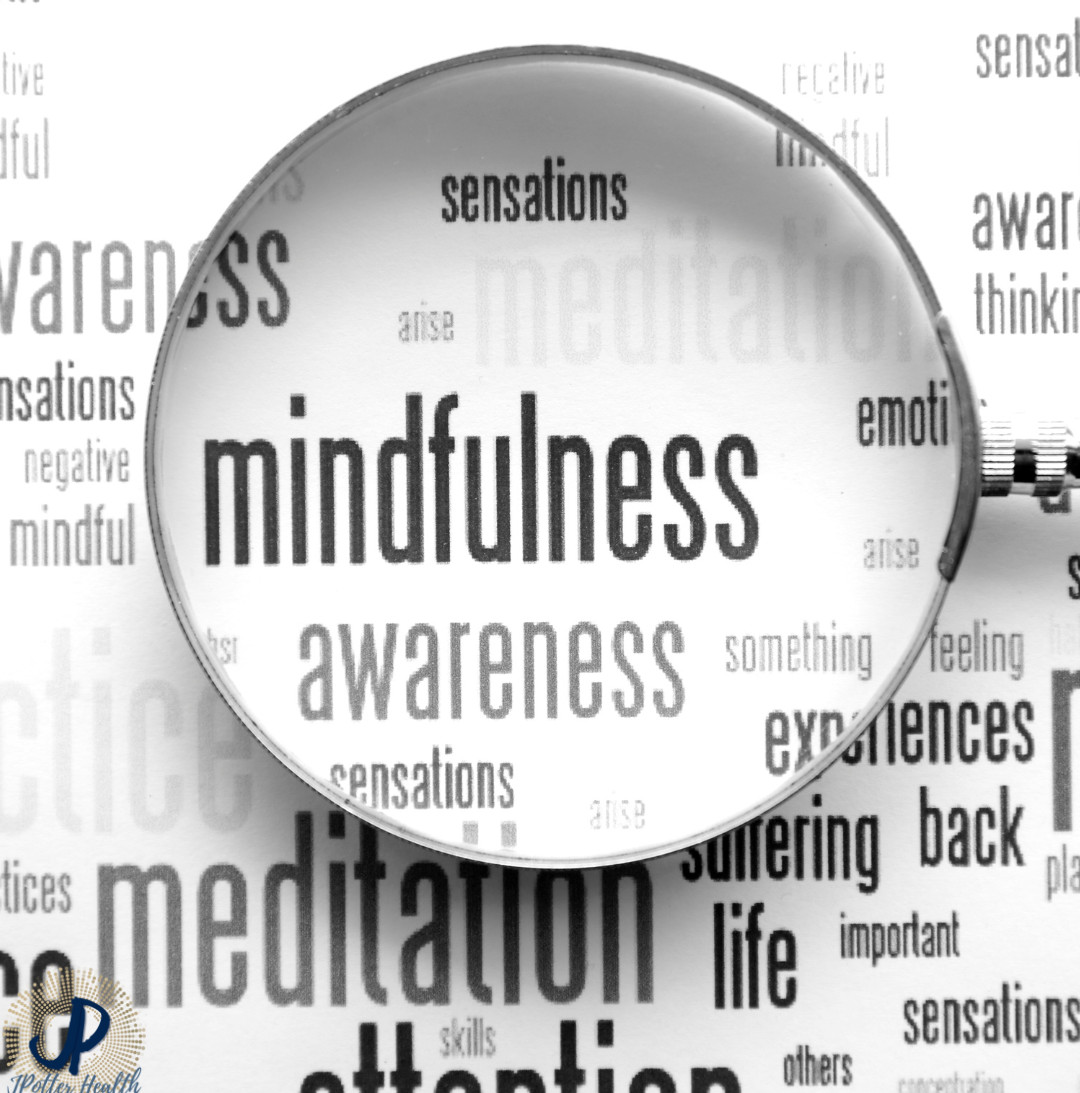
In the hustle of modern life, the practice of mindfulness provides a sanctuary of calm amidst chaos, focusing on experiencing the present moment without judgment or distraction. Grounded in ancient wisdom, mindfulness involves embracing seven core principles: non-judging, patience, beginner's mind, trust, non-striving, acceptance, and letting go. By integrating these concepts into daily routines, individuals can foster a profound transformation in their outlook, cultivating peace and clarity.
Non-judging encourages observing thoughts without labeling them, while patience allows growth to unfold naturally over time. Approaching experiences with a beginner's mind fosters openness, leading to a richer appreciation of life, while trusting oneself involves honoring personal intuition and emotions. Non-striving emphasizes engaging in actions without attachment to outcomes, and acceptance involves acknowledging the present moment as it is, paving the way for genuine mindfulness practice.
Letting go, the final component, is about releasing attachment to unhelpful thoughts or items, creating space for clarity and joy. Embracing mindfulness is more than a practice; it is a lifestyle shift that connects individuals to the present and to themselves. By consistently applying these principles, an individual can achieve a more peaceful existence and an enriched connection with their surroundings.
Read more...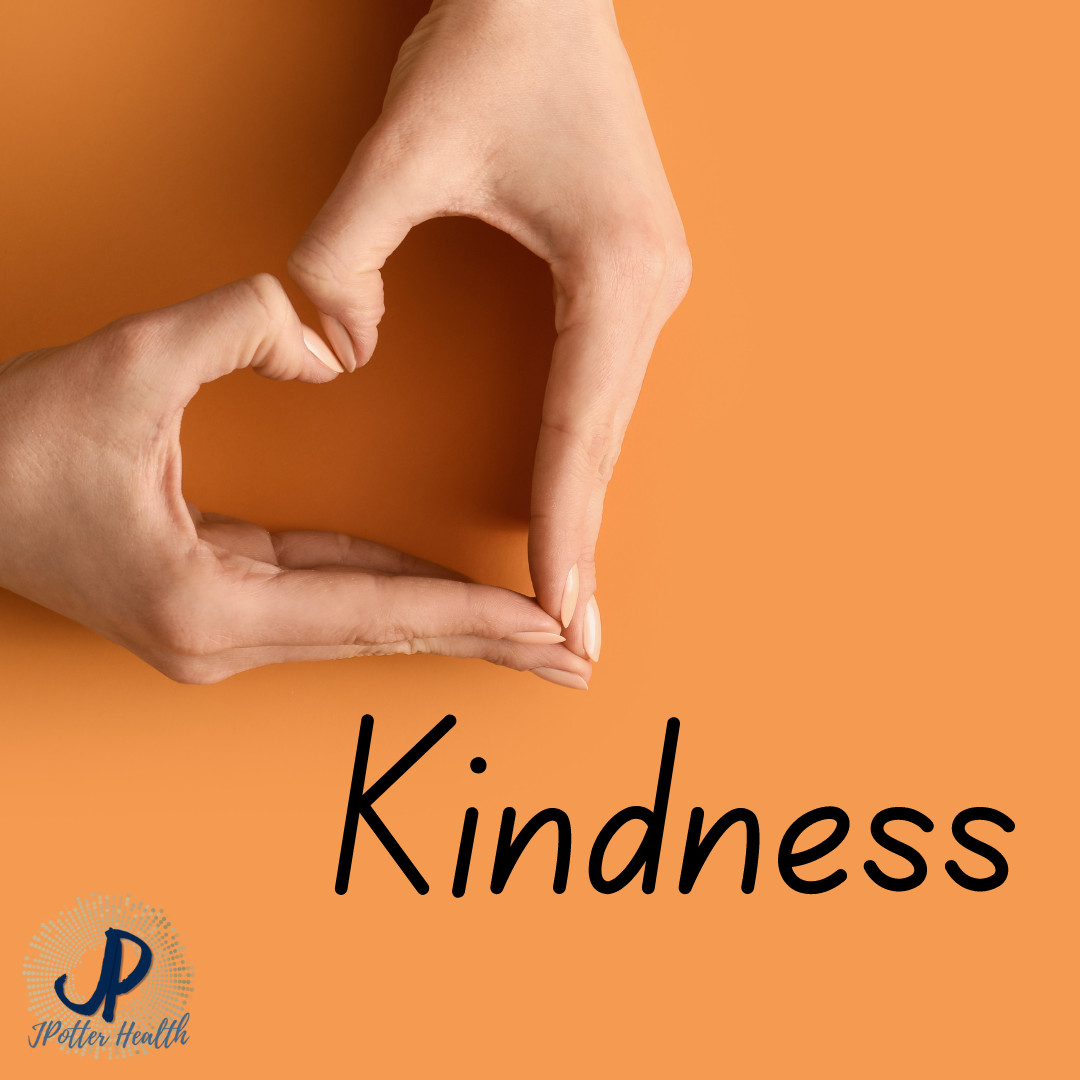
In today's often divided world, kindness emerges as a powerful tool for fostering unity, love, and respect. The simple act of showing compassion and consideration not only enriches our own lives but also creates a ripple effect of positive change that touches countless others. JPotter Health is dedicating March to exploring the transformative benefits of kindness, encouraging everyone to contribute to a more harmonious world.
The ripple effect of kindness starts with self-care, setting the foundation for extending kindness to others. By prioritizing self-care, we enhance our capacity to engage in random acts of service, like helping a stranger with their groceries or offering a warm smile and kind word. Additionally, volunteering, active listening, and spreading positivity on social media are valuable ways to foster a community of empathy and support.
Kindness is a potent way of life that has the potential to reshape our world. As we cultivate a compassionate mindset and engage in small acts of kindness, we become catalysts for positive change, inspiring others to follow suit. Embracing kindness allows us to plant the seeds for a world filled with unity and love, reminding us of the powerful impact we can have when we choose empathy over division.
Read more...